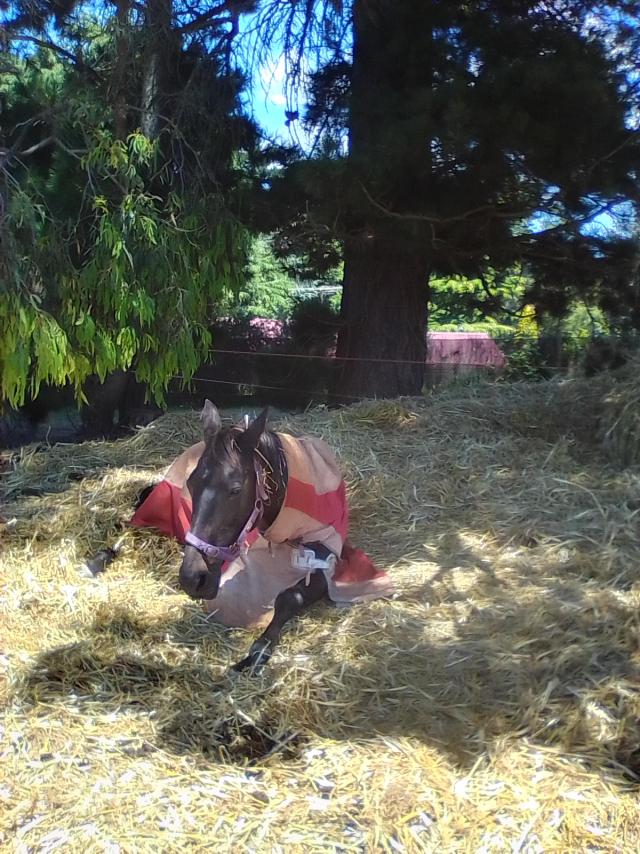It’s that time of year again, the do I or don’t I rug my horse days are well and truly here.
An article was written in 2019 by Dr David Marlin about ‘The Science of Rugging Horses’, here are the key points to consider when deciding whether to rug your horse:
Horses are very adaptable to different climates: – Horses are incredibly adaptable when it comes to climate and are found in both, some of the hottest and the coldest places on earth ranging from -40°C to 60°C.
Horses are warm-blooded – The horse, like other mammals and birds, is a warm-blooded animal, that is, it tries to keep its central (core) temperature close to 38°C.
What determines how cold a horse feels – In simple terms, the horse will feel cold or hot when the air temperature falls below 0°C (the lower critical temperature) or rises above 25°C (the upper critical temperature). Outside these temperatures, the horse must use other means to keep warm or cool. Weather, size, age, diet, breed, coat, shelter and the individual horse are all factors to monitor.
Why do we use rugs – There are several main reasons why we use rugs on our horses at this time of year: to keep them warm; to keep them dry; to keep them clean.
Risks of over-rugging – The rubbing of the rug can make the horse sweat which causes the skin to become hyper-hydrated (the effect you get when you stay in the bath too long) and more prone to damage and infection, rugs and stabling prevent sunlight from reaching the skin which is necessary for the generation of Vitamin D and a horse uses a considerable amount of energy to keep warm. If the horse is too heavily rugged then less energy is lost and will be deposited as fat leading to weight gain. Conversely, horses with short coats and little body fat on borderline energy intake will lose weight in colder weather.







